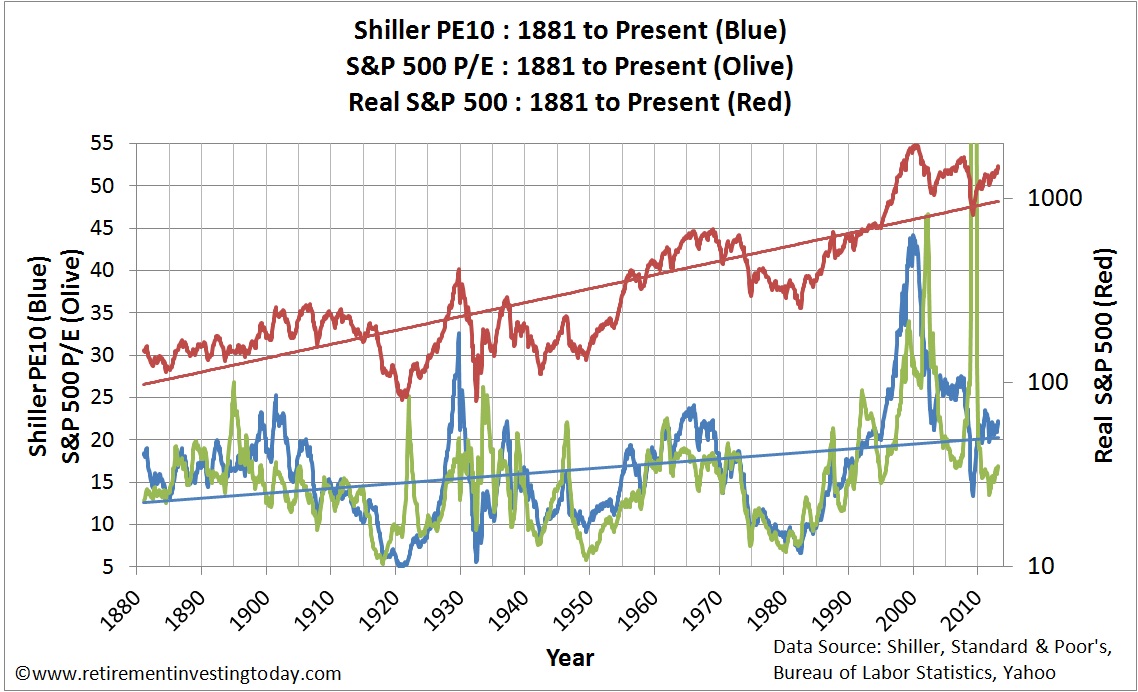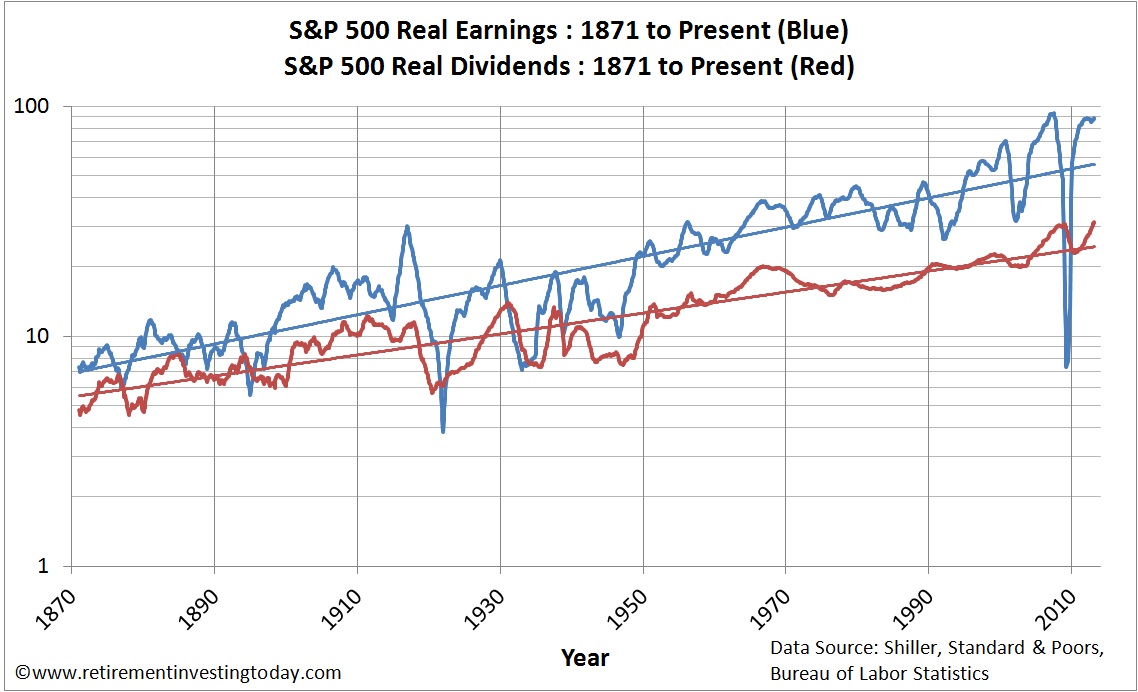Click to enlarge
Click to enlarge
I haven’t published these datasets for 20 months now because as far as the UK is concerned it’s really been status quo. The UK Government have continued to run a budget deficit that isn’t sustainable. There isn’t any of the promised austerity because government spending is actually rising. This combined has resulted in the UK National Debt reaching around £1.13 trillion today. That’s £18,021 of Debt for every man, woman and child in the UK. Less than half of the population work in the UK, 29.17 million people working against a population of 62.64 million, so comparing the debt to this group means a debt of £38,699 for every worker.
Government forecasts project the debt continuing to grow quickly with it reaching £1.5 trillion by 2016. Meanwhile in parallel the Bank of England has “bought” £375 billion (33%) of that debt through the Quantitative Easing (QE) programme. This has had the effect of forcing UK bond yields down to historic lows when under the scenario described in the first paragraph yields should have risen which would have forced the government to take action rather than masking the problem. Now it’s important to remember that for bonds already in circulation that as yields fall prices rise and that’s what we’ve been seeing happening for a number of years now. It is however important to remember that the opposite can also happen. Should that happen not only would the cost of borrowing for the Government rise but also other debts like mortgages would also rise. That would reduce affordability and would in my opinion reduce house prices (and other asset prices) helping the value argument here. Instead of asset price deflation we’re seeing just about every asset type either holding or increasing in nominal value including housing, shares and hard assets like gold which to me seems to be making the problem we have even worse.
I’m therefore watching government debt yields closely and what its showing is that since August 2012 those yields have been rising despite the Bank of England announcing another £50 billion of QE in July 2012. This is not showing in mortgage rates yet because the Treasury and Bank of England are distorting the market independently there with the Funding for Lending Scheme.




